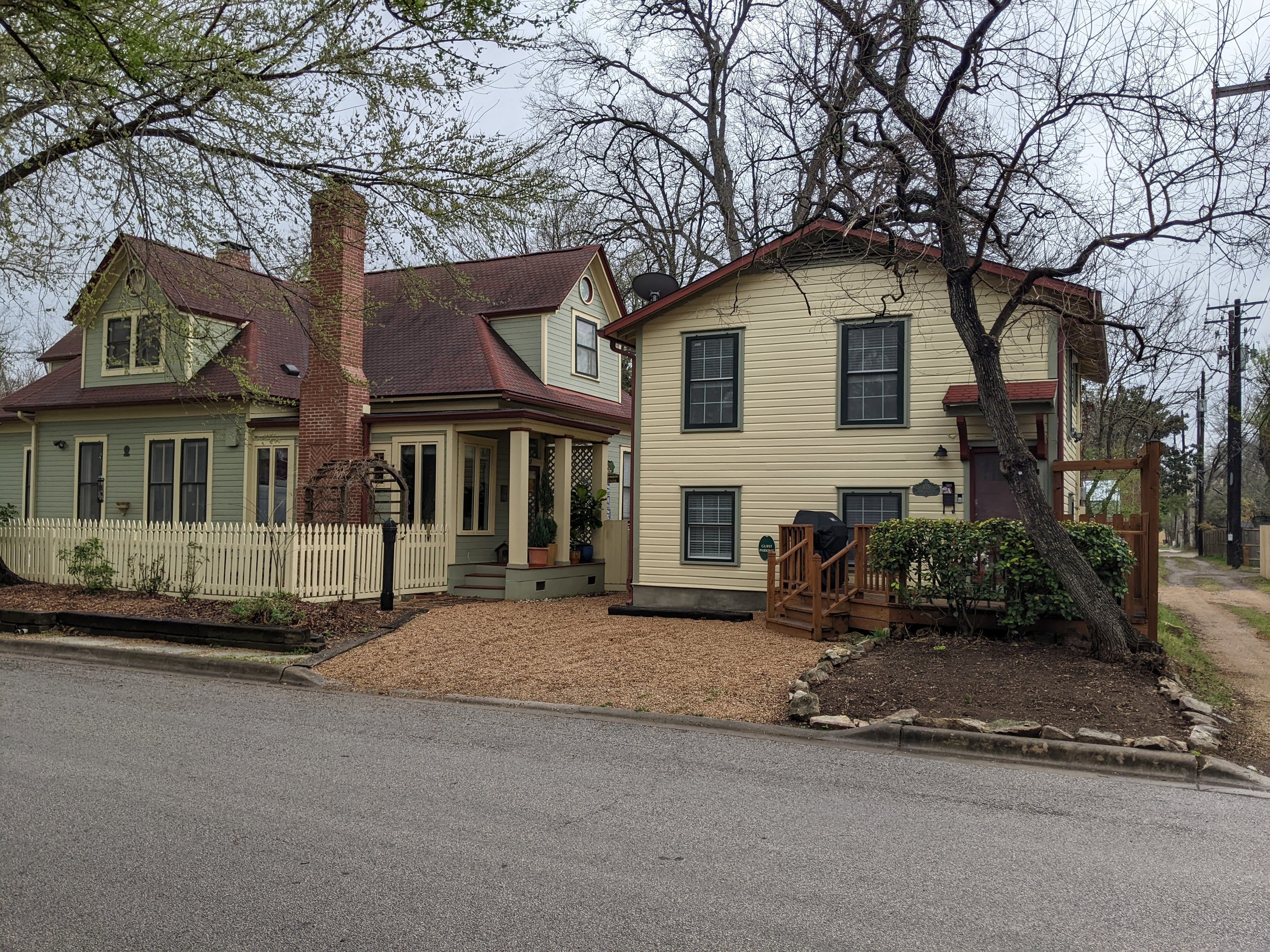The Racist Roots of Hyde Park’s Zoning Rules
Why Propping Up Exclusionary Zoning Practices Upholds Systemic Racism in Central Austin
By Nina Hernandez
If you ask many of the neighborhood interests supporting exclusionary zoning policies in Austin about their motives, very few of them would mention race.
You might hear any of the following: They just want a quiet neighborhood, they say. Too much change too quickly is destructive to their way of life. Neighborhood character and history should be preserved. They worked hard and bought a house in a desirable area at the right time — and this house and its corresponding property value are their rewards to reap.
"Hyde Park is Exclusively For White People"
But those narratives ignore the dark history of Central Austin. The truth is that the quiet bungalows and neatly manicured lawns were built on a foundation of racism, classism, and exclusion. While the parts of Austin Black and Brown people were relegated to enjoyed little to no zoning protections, West and Central Austin neighborhoods thrived with rules barring environmental hazards and industrial uses. Of course there would be a corresponding increase in property values. Not because West and Central Austin are inherently more desirable, but because the city and the white people who were in power decided it should be that way. And, therefore, to fail to advocate for true change in Hyde Park is to advocate for the continued segregation — racially and socioeconomically — of Austin.
"The truth is that the quiet bungalows and neatly manicured lawns were built on a foundation of racism, classism, and exclusion."
This advertisement appealing to potential buyers by promising there “never will be negroes for neighbors in Hyde Park,” is a commonly circulated example of the racist roots of this neighborhood. Indeed, in the 1890s, Monroe Shipe, whose name still haunts the city, began platting Hyde Park envisioning an exclusive neighborhood free of “undesirable occupants.” If Shipe were alive today, he would undoubtedly be pleased his racist plans were so well executed.
Once the courts struck down overtly racist deed restrictions that developers like Shipe used to segregate Austin, the city spent the next decades enforcing exclusionary zoning rules that resulted in Black and Brown residents being pushed out of West and Central Austin into the city’s eastern crescent. Talking about zoning policy, particularly west of I-35, without acknowledging and making attempts to offer remedies for the effects of that systemic racism is complicity.
"There is not now, and never will be, negroes for neighbors in Hyde Park"
It’s past time to right these wrongs and work to end Hyde Park's racist zoning restrictions. A good first step would be to eliminate the NCCDs imposed in the early 2000s which made the grave mistake of doubling down on making it near or impossible to build anything other than single family homes in a neighborhood inside of the urban core. Eliminating those overlays won’t solve the problem alone, but it would be the start of a trend in which we reverse instead of continue to bar newcomers from entering the community.
When you take into account the historical context, it’s even more shameful to hear members of this community deriding apartment dwellers and insisting that this should be a neighborhood of millionaires. Hyde Park has spent decades shirking its responsibility to the rest of the city. The time for that to end is now.
“Hyde Park is Strictly For White People”
If you liked the article and want to help, please consider advertising with us by clicking “Advertise” or making a small one time or monthly contribution by clicking “Help Fund Us!” Advertising or any contribution amount, either one time or monthly, is vital for us to continue our independent journalism and advocacy.





